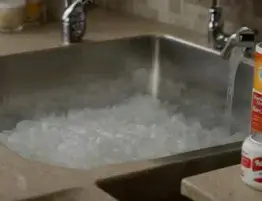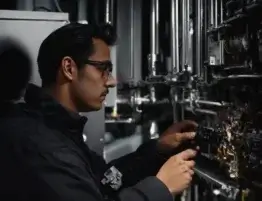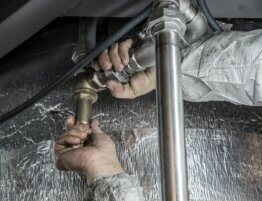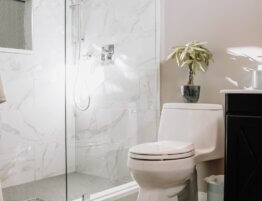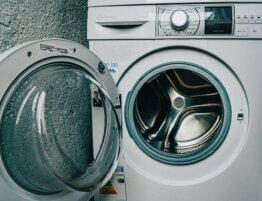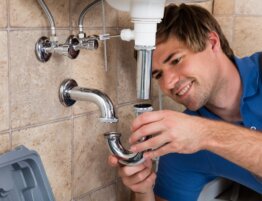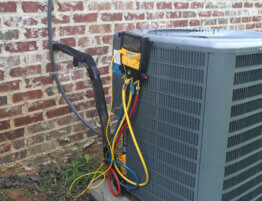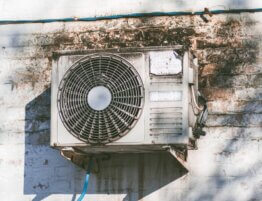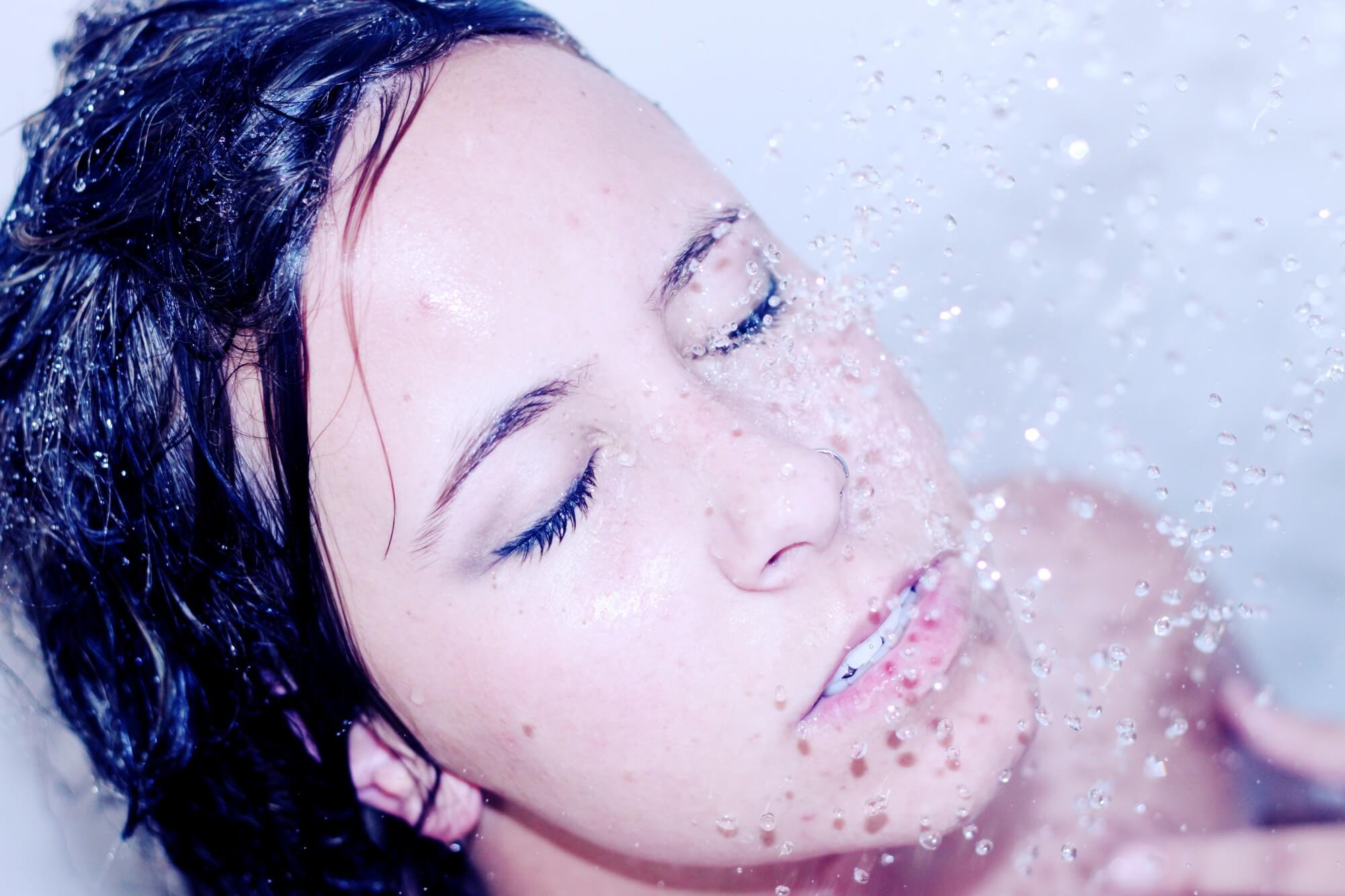
It only takes a second.
Your child is taking a bath, and the toilet gets flushed in the other room. Scalding hot water rushes into the tub and the tot is shrieking. Their skin turns from a fleshy pink to an angry red and you’re rushing to the emergency room.
It’s every parent’s worst nightmare.
Fortunately, there are some things you can do to prevent this from happening to you and your family. Read on to learn how.
Why Shower Water Temperature Keeps Changing
You use the knobs to turn on your shower to mix the hot and cold water. You adjust the knobs until the water is the perfect temperature and then you hop in. Then about halfway through, you get a blast of cold water in your face.
You rush to readjust the knobs, but before you can get there, the water is back to that toasty warm temperature. Later, you ask around and find that someone washed their hands at the kitchen sink. So, we know that is the cause, but what happened behind the scenes to cause it?
It’s simple.
When the other person turned on the sink, it forced hot water out of the tank and into the hot water pipes for the kitchen sink. At the same time, the water pressure in the hot water pipes leading to your shower dropped. You got stuck with all the cold water because the hot water couldn’t reach the shower valve.
The same thing would’ve happened if the toilet had gotten flushed, but with one big difference. You would’ve gotten doused with hot water, not cold.
Water Heater Capacity
One of the most common causes of temperature changes in shower water is the capacity of your water heater.
Water Heater Tank Size
That’s right. Size DOES matter. Especially when it comes to traditional water heaters.
Locate the first-hour rating for a tank-style water heater on its Energy Star sticker. This tells you how much hot water a heater can provide during a single hour of use with a full tank.
The average 20-minute shower uses 20 to 25 gallons of water depending on the type of showerhead. The average household has 2.6 occupants, but for our purposes, we’ll round up to three.
If everyone in the home takes a shower in the morning during the same hour, you need at least a 60-gallon tank. This still doesn’t take shaving, hand washing or dishwashing into consideration. You’d need a slightly larger tank to keep from running out of hot water halfway through a shower.
A water heater with a tank too small to keep up with demand is more likely to cause inconsistent temperatures or run out of hot water too quickly.
Tankless Water Heater Flow Rate
A standard water heater holds water in a tank and continually heats the water. A tankless water heater warms the water up as needed. Having this on-demand supply means the water heater does not have to work all the time.
Despite being more energy-efficient than traditional water heaters, tankless heaters still have drawbacks. The main one is that they are often unable to keep up with demand when more than one hot water appliance is in use. This is most often because of an insufficient flow rate.
Flow rate refers to the volume of water that can flow through a water heater at any given time. If the flow rate is too low to accommodate your hot water usage, the heater can’t keep up with demand. The result is fluctuating water temperatures.
This guide from Energy.gov can help you assess your needs and determine if the water heater you have is large enough for your household.
How to Fix it
Yes. You could go out and buy a brand new water heater and fix the problem, but that may not be necessary. Let’s take a look at some alternative fixes.
Showerhead Volume
The typical showerhead uses 2.5 GPM or gallons of water per minute. Older homes could have showerheads that use up to 10 GPM. Today, you can get low-flow showerheads that use as little as 1.25 GPM.
If you run out of hot water too quickly, then it could be that your showerhead uses too much water. If the shower water temperature keeps changing, then you may want to look at a showerhead with more volume. This will give your shower more water pressure so it can compensate when the pressure drops.
Mini-Mixing Tank
If you have an on-demand water heater, a mini-mixing tank could save you from having to get a new unit. Using a mini-mixing tank gives you more hot water output, but is still more energy efficient than a typical water heater.
The mini-mixing tank mixes the hot and cold water before it’s sent through the pipes, so the temperature is always constant.
Install a Pressure-Balance or Thermostatic Valve
A pressure-balance shower valve balances the water pressure to your shower. If there is a drop in pressure in the cold water lines, this special valve uses a piston to equalize the hot water pressure. This can cause the water output to be little more than a trickle, but at least you won’t get burnt.
A thermostatic shower valve does the same thing without reducing water flow to a trickle. Unfortunately, they are often way more expensive than a pressure-balance shower valve.
Ready for a Consultation?
Now that you know more about why your shower water temperature keeps changing, it’s time to get it fixed. When it comes to plumbing, there are some things you can do on your own, but most need a professional’s touch.
Our main goal at My Guys Now is to make our customers’ lives better inside their homes by providing the BEST Service Experience they’ll have. We will assess your situation and help you figure out the best solution for your needs.
Our reviews speak for themselves.
Contact us today so we can help make your home an even better place to live.


